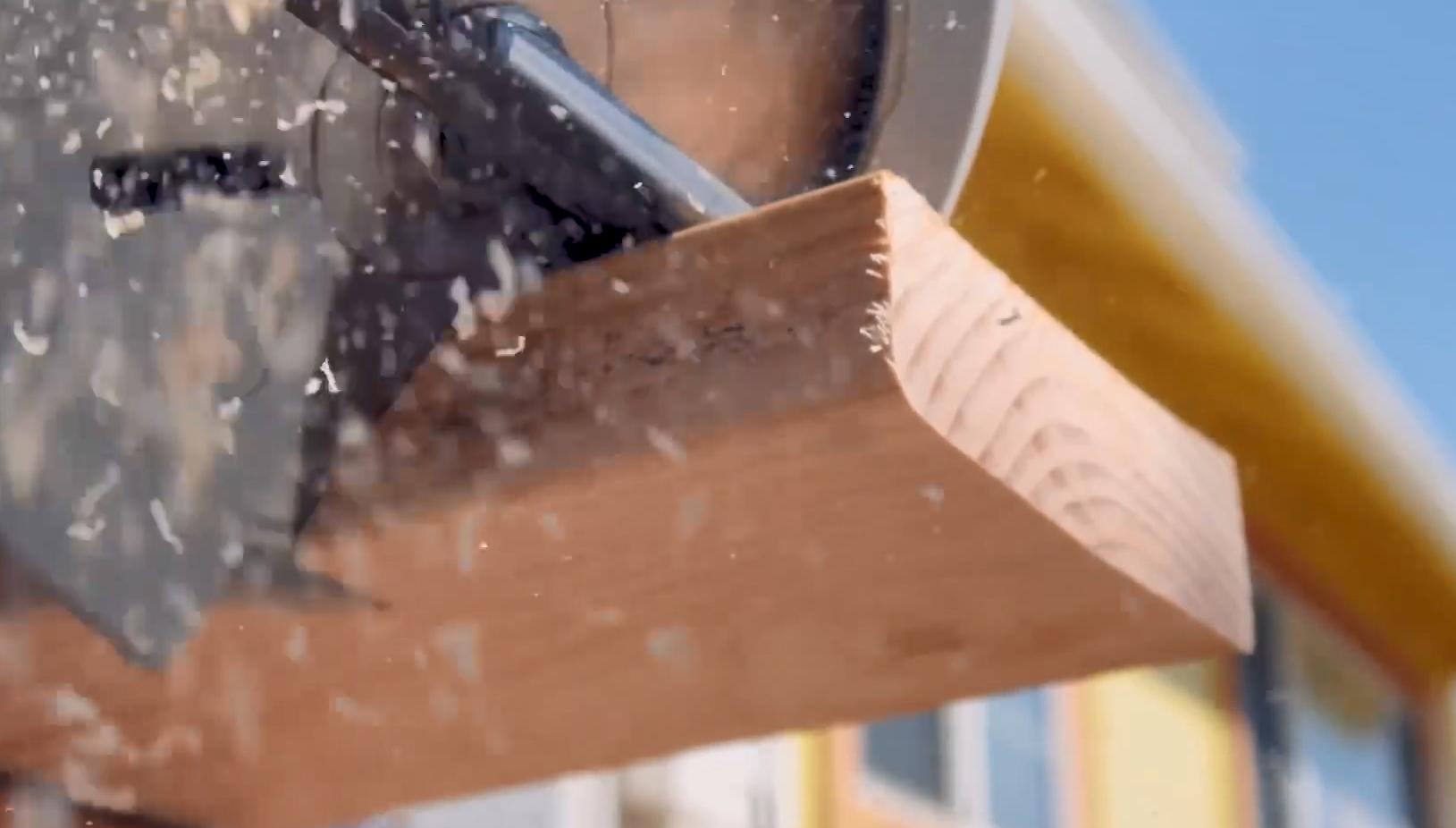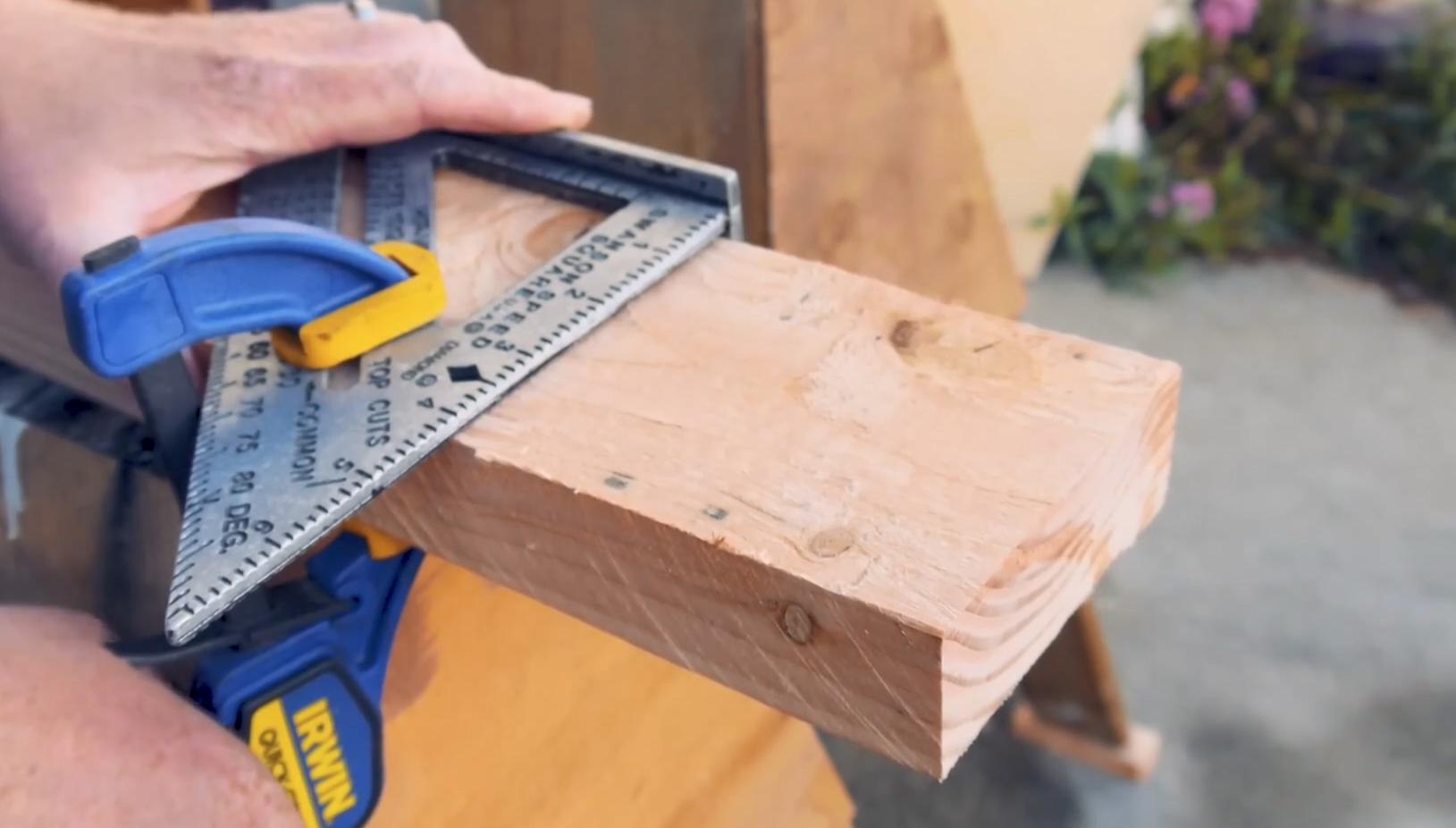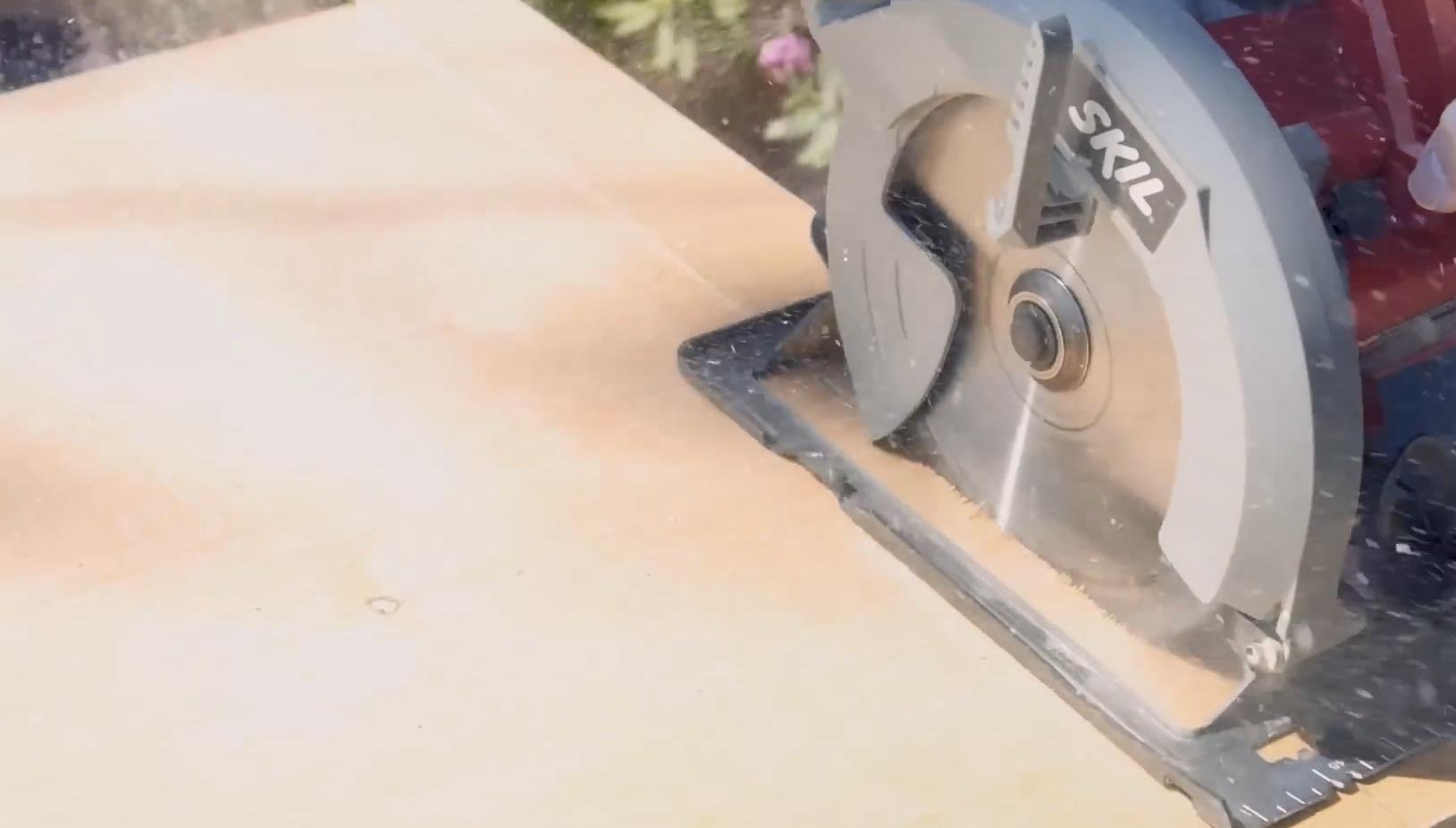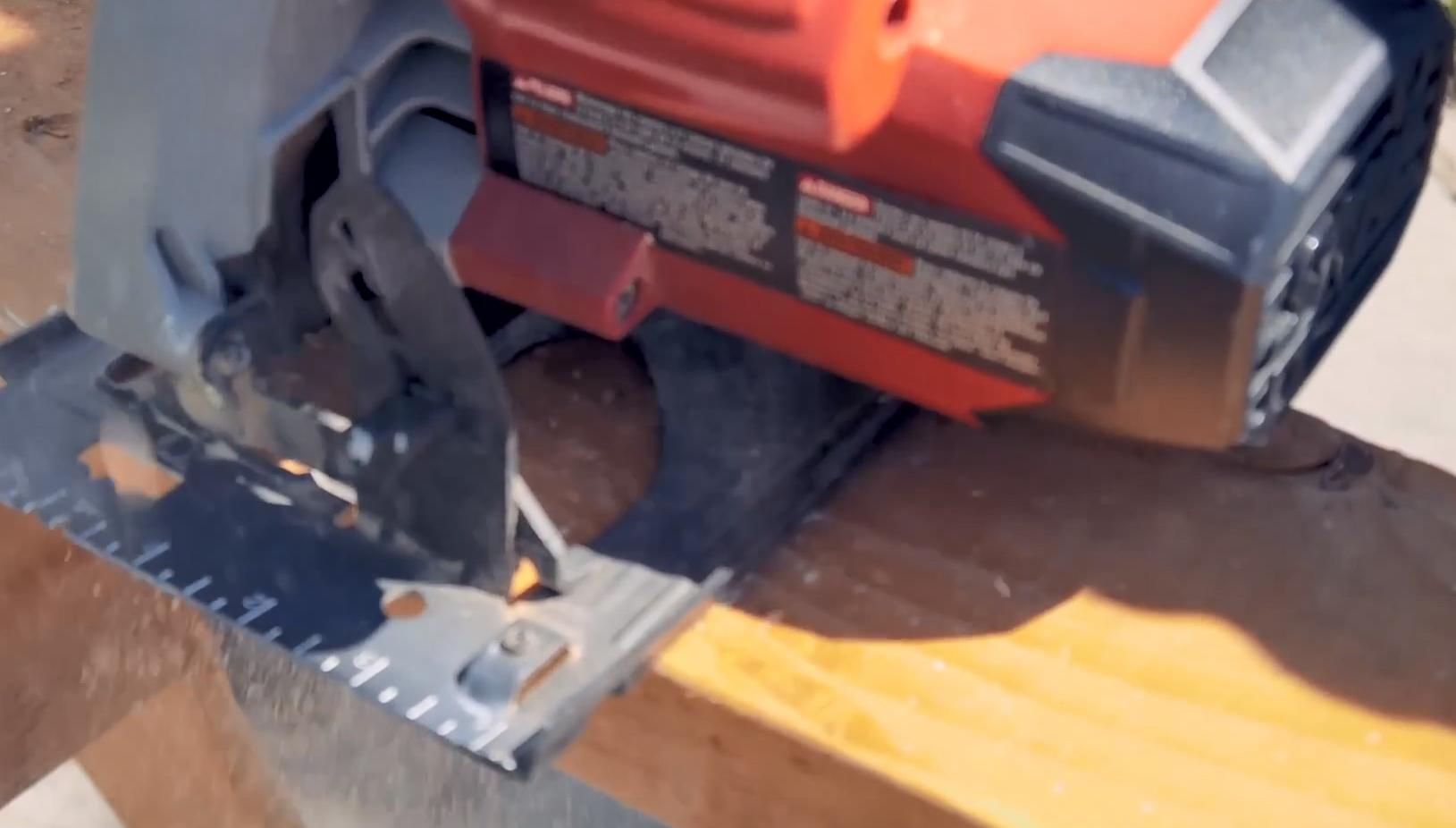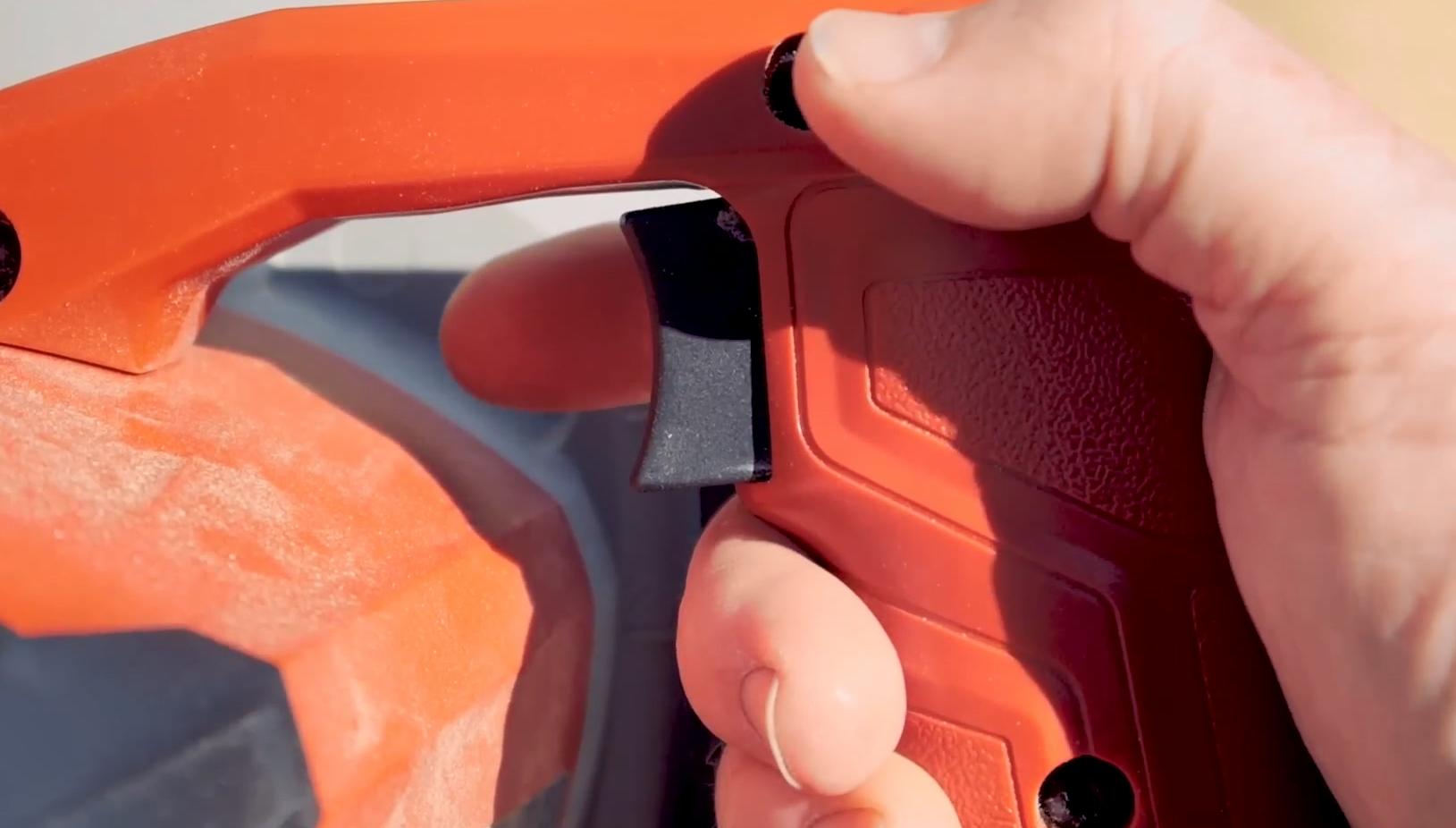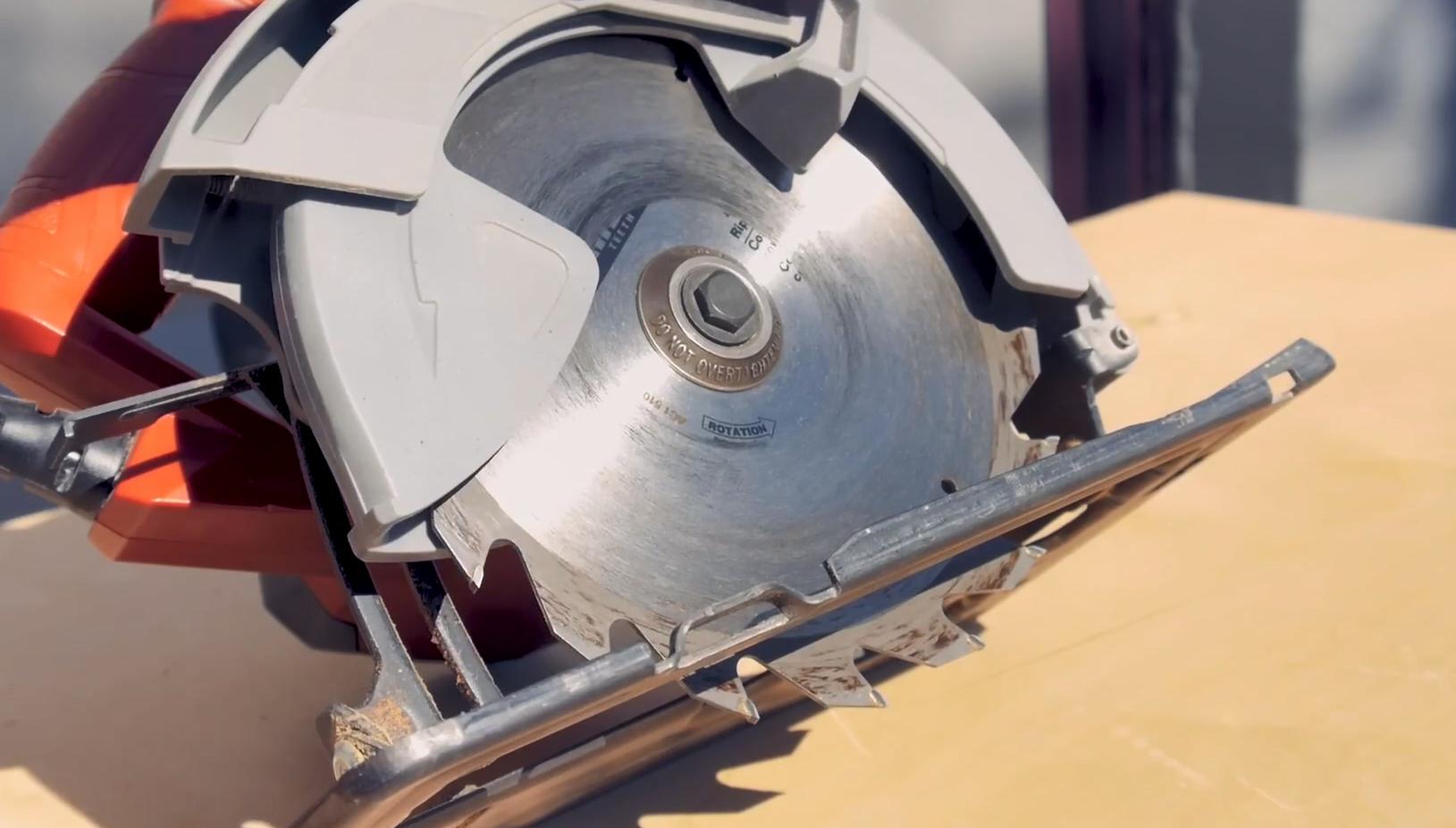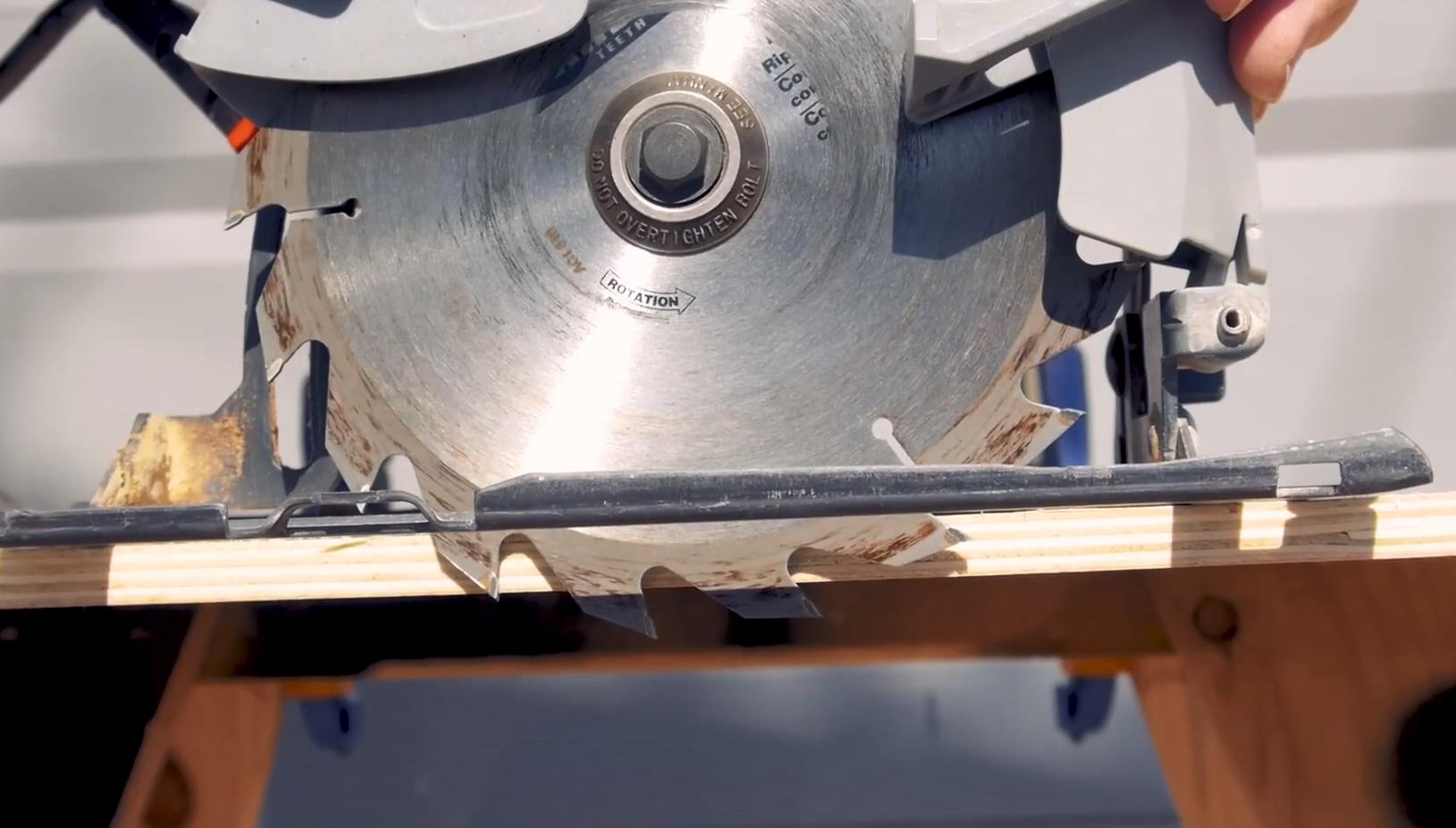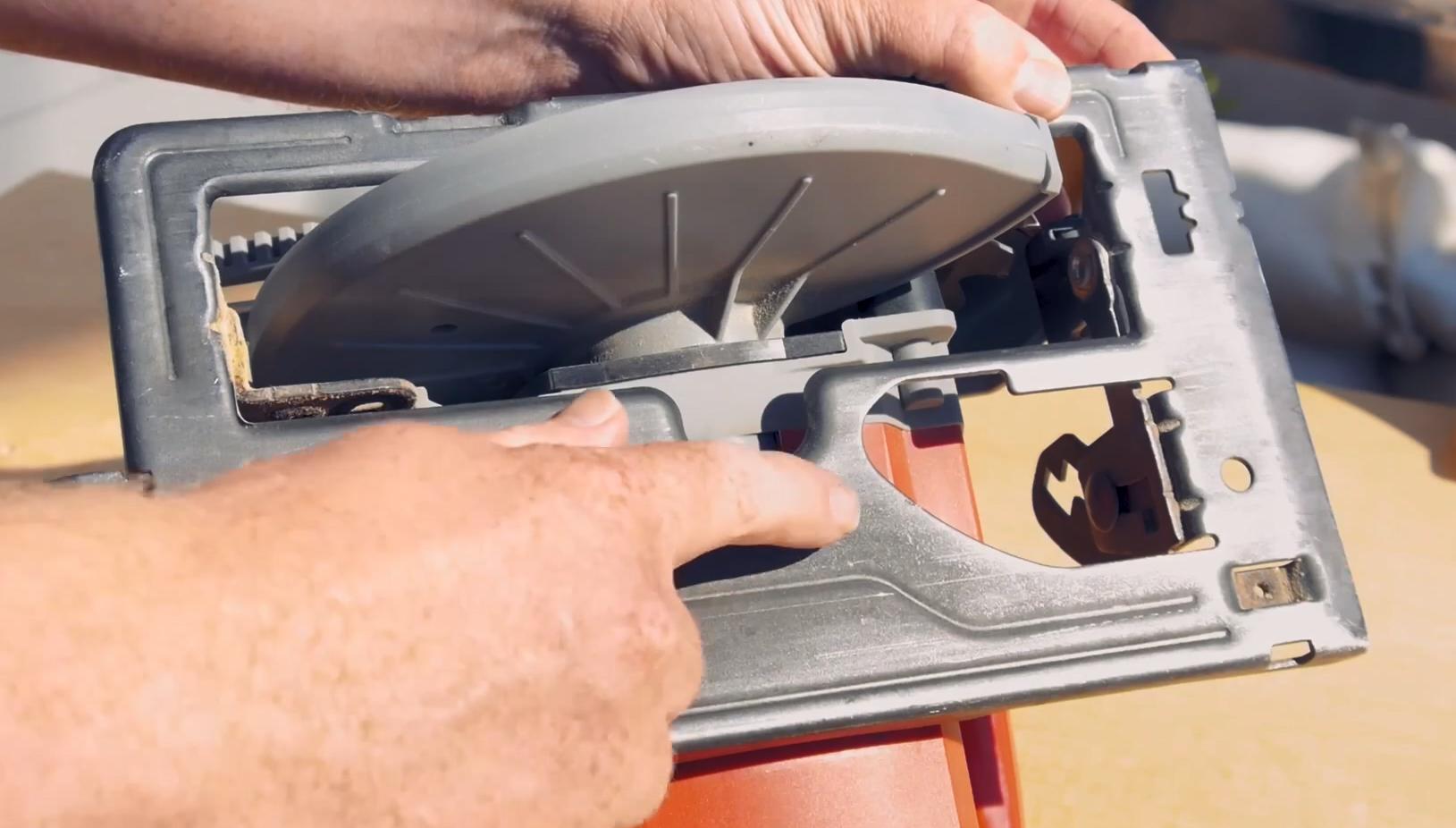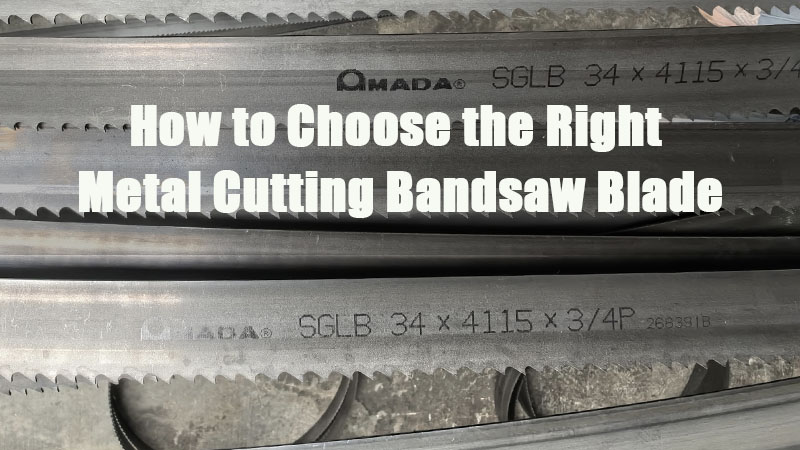
1.0Introduction
If you’re getting started with woodworking, especially on a budget, a circular saw is one of the most powerful and versatile tools you can own. From rip cuts to miters, a circular saw can do nearly everything a table saw can—without taking up your entire workshop. Whether you’re building furniture, cutting plywood, or working on a job site, understanding how to use a circular saw properly opens up countless project possibilities.
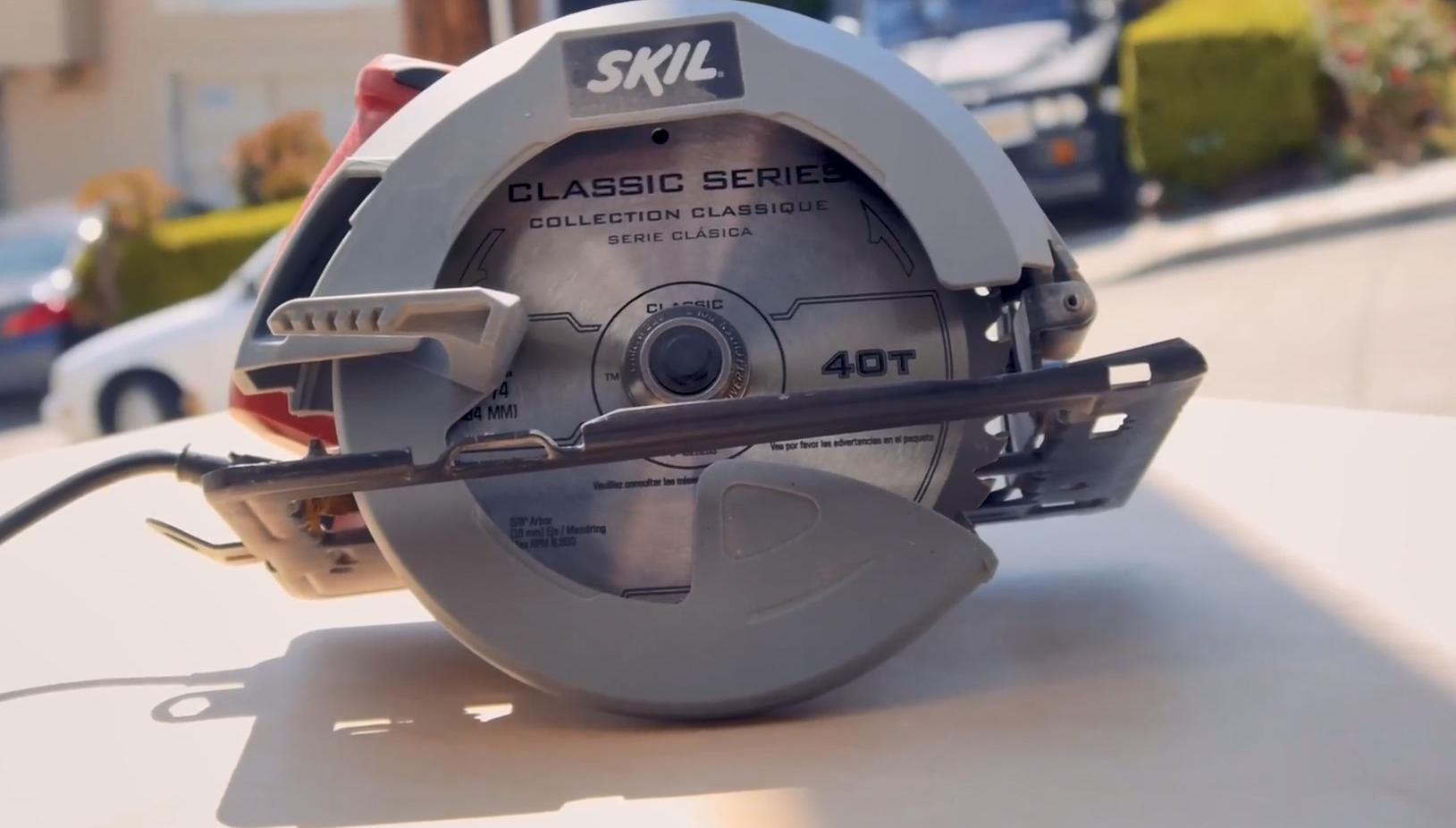
2.0Why Use a Circular Saw?
The circular saw is a go-to tool for beginners and professionals alike because of its:
- Affordability: A good-quality circular saw costs significantly less than a table saw.
- Versatility: It can perform rip cuts, cross cuts, bevels, miters, and even dados.
- Portability: You can bring it to job sites or move around your workspace easily.
- Sheet Handling: It’s ideal for breaking down large sheets of plywood or MDF without struggling at a full-size table saw.
3.0Getting Familiar with the Tool
Before using a circular saw, it’s important to understand its basic parts:
- Handles: There are two handles—one at the rear (with a trigger and safety switch) and one at the front for control and stability.
- Base Plate (Shoe): Rests on the wood and guides your cut.
- Blade Guard: A retractable cover that enhances safety.
- Bevel Adjustment: Allows angled cuts, typically up to 45°.
- Depth Adjustment: Controls how deep the blade cuts into the wood.
4.0Making Straight and Angled Cuts
With proper setup and a steady hand, you can make a wide range of accurate cuts using a circular saw:
- Rip Cuts: Along the grain of the wood.
- Cross Cuts: Across the grain.
- Bevel Cuts: Angled cuts made by tilting the saw’s base.
- Miter Cuts: Angled across the face of the wood.
- Dados: Shallow channels made with multiple passes (less common, but possible).
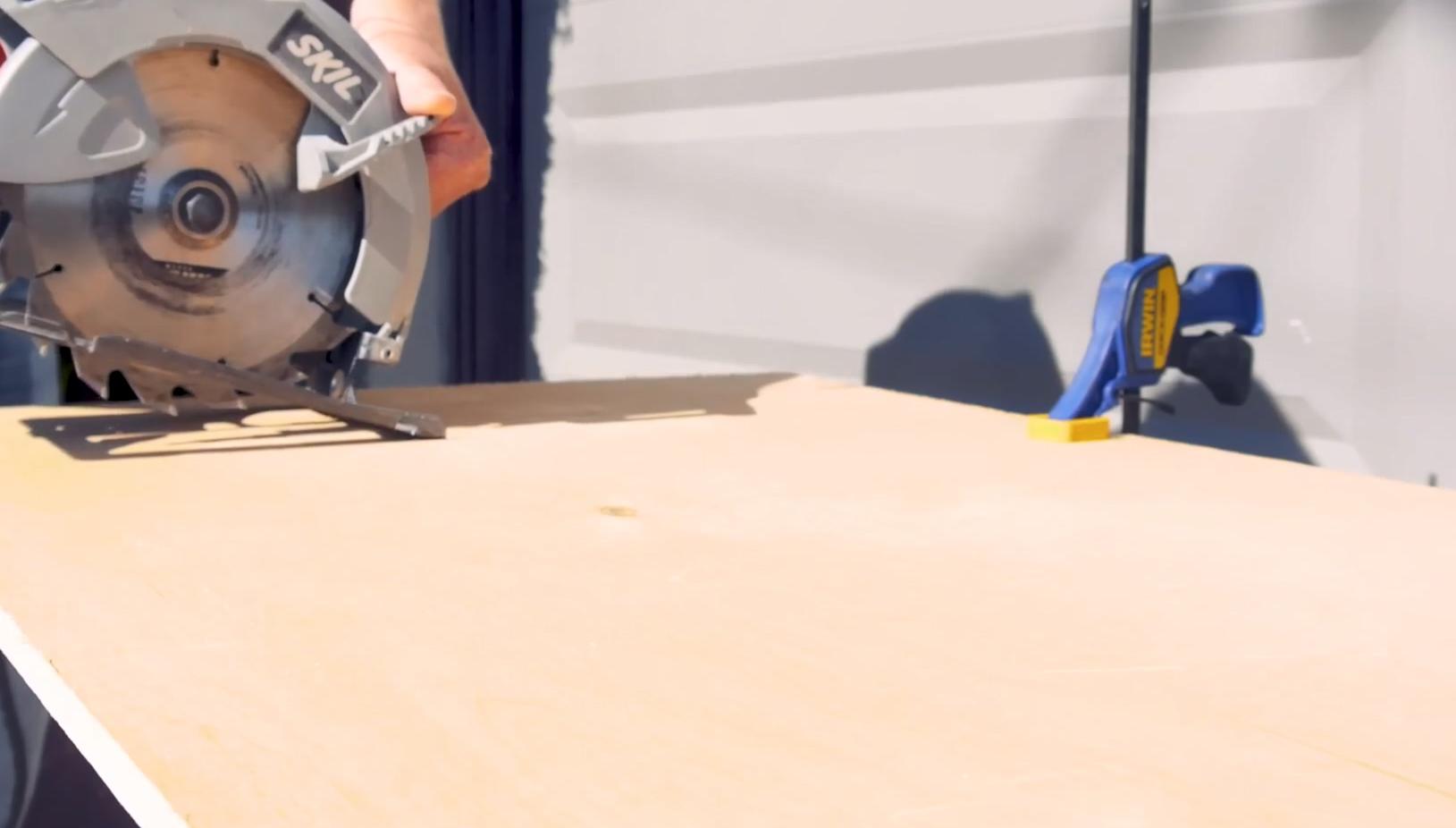
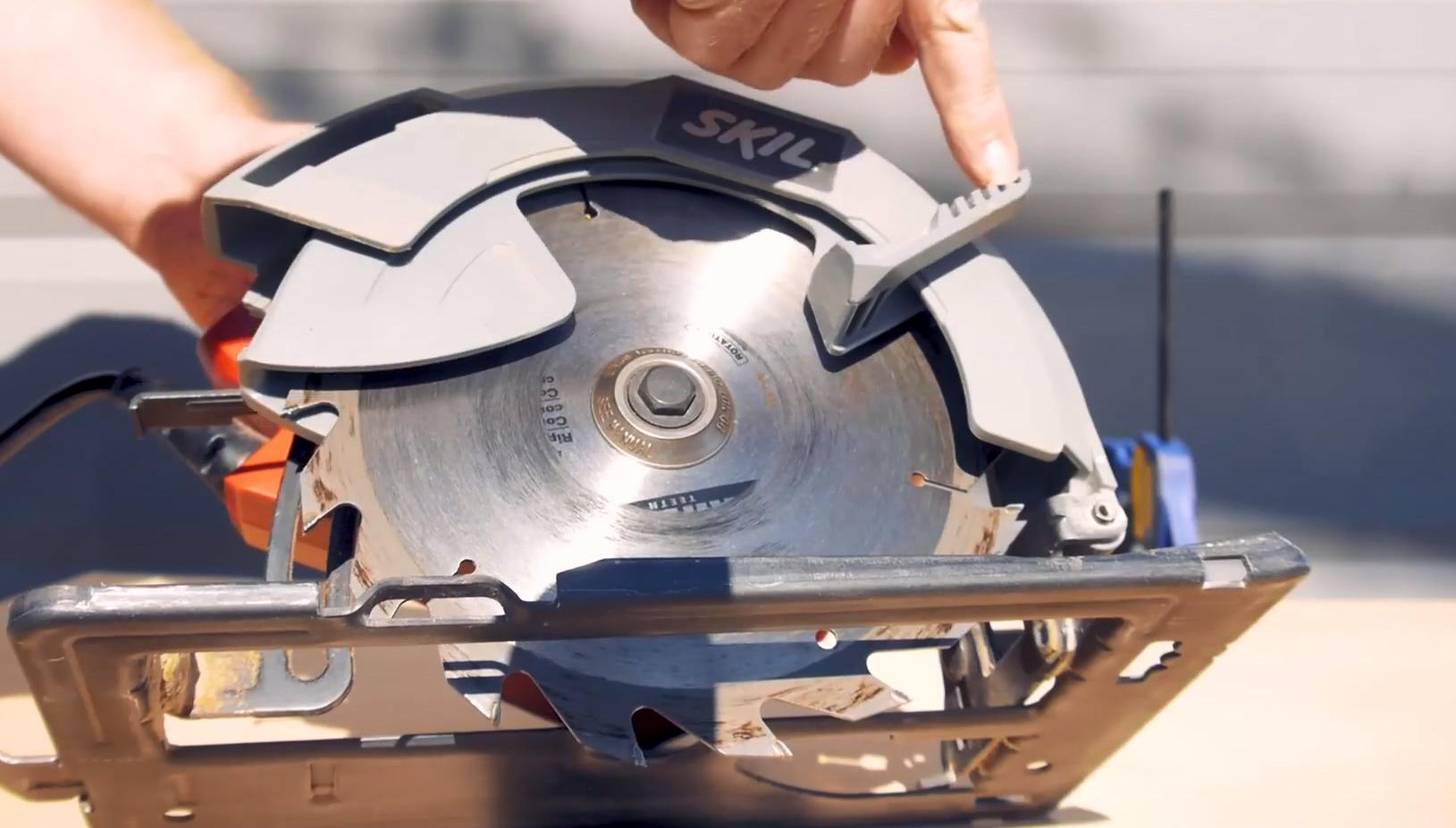
5.0Adjustments and Control
Two key adjustments improve cutting precision:
- Depth Adjustment: Set the blade to 1/4″ below the material for best results.
- Bevel Adjustment: Use the bevel lever to change the cutting angle, usually from 0° to 45°.
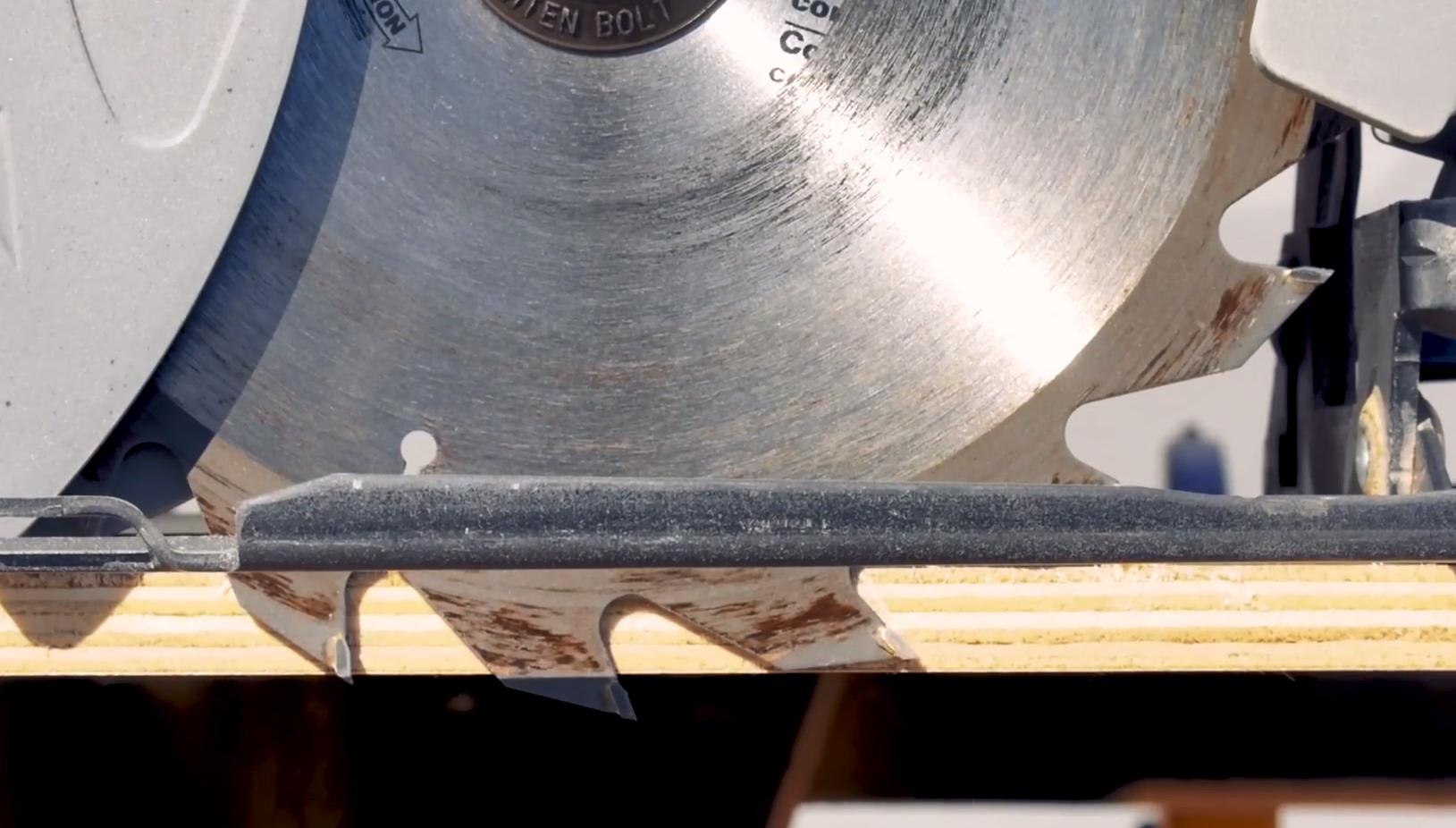
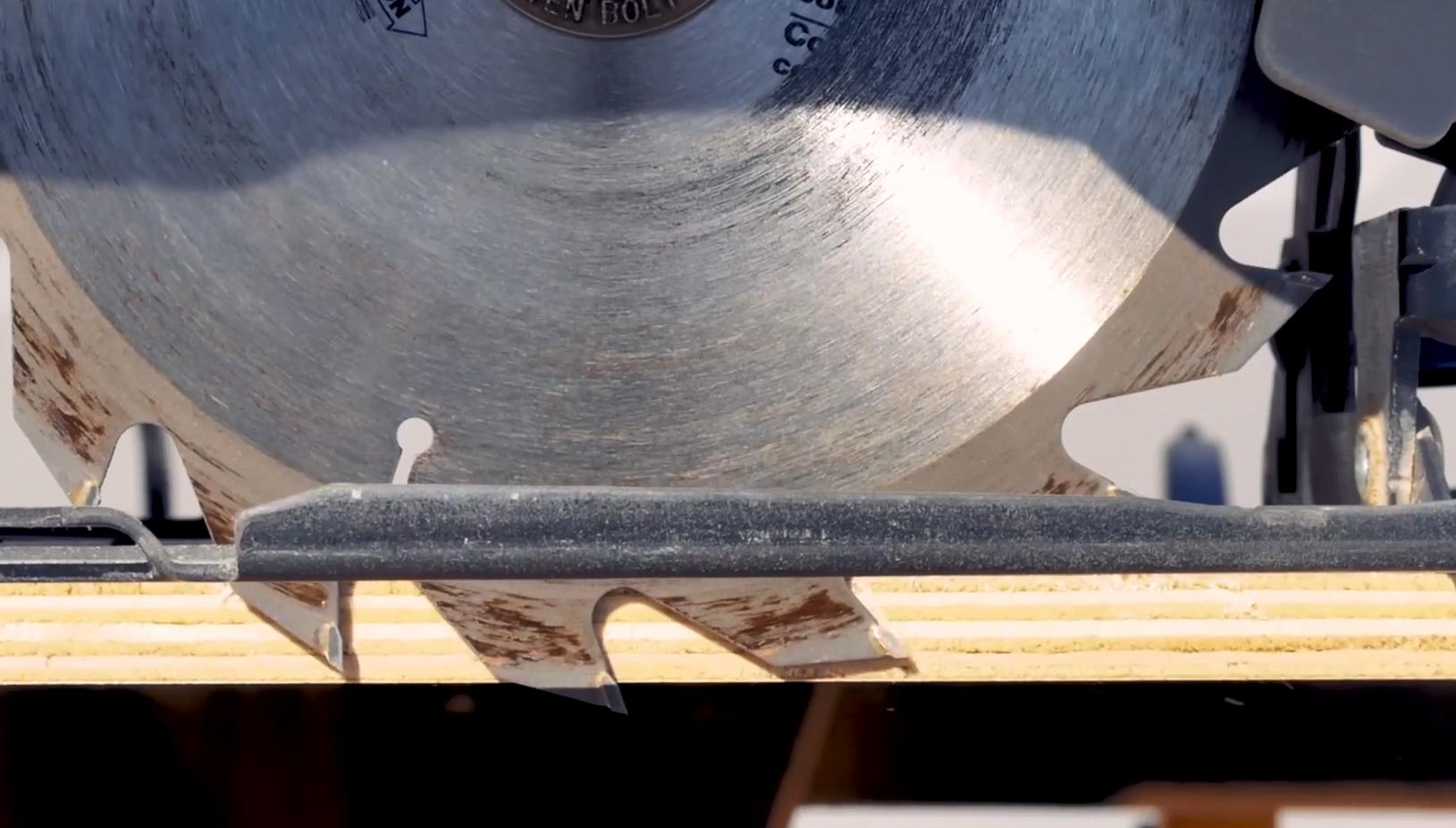
6.0Safety Tips
Using a circular saw safely is essential. Follow these guidelines:
- Always wear eye and hearing protection.
- Keep hands away from the blade path.
- Allow the blade to come to a complete stopbefore setting the saw down.
- Use stable supportlike sawhorses for cutting large boards.
- Let the saw do the work—don’t force itthrough the material.
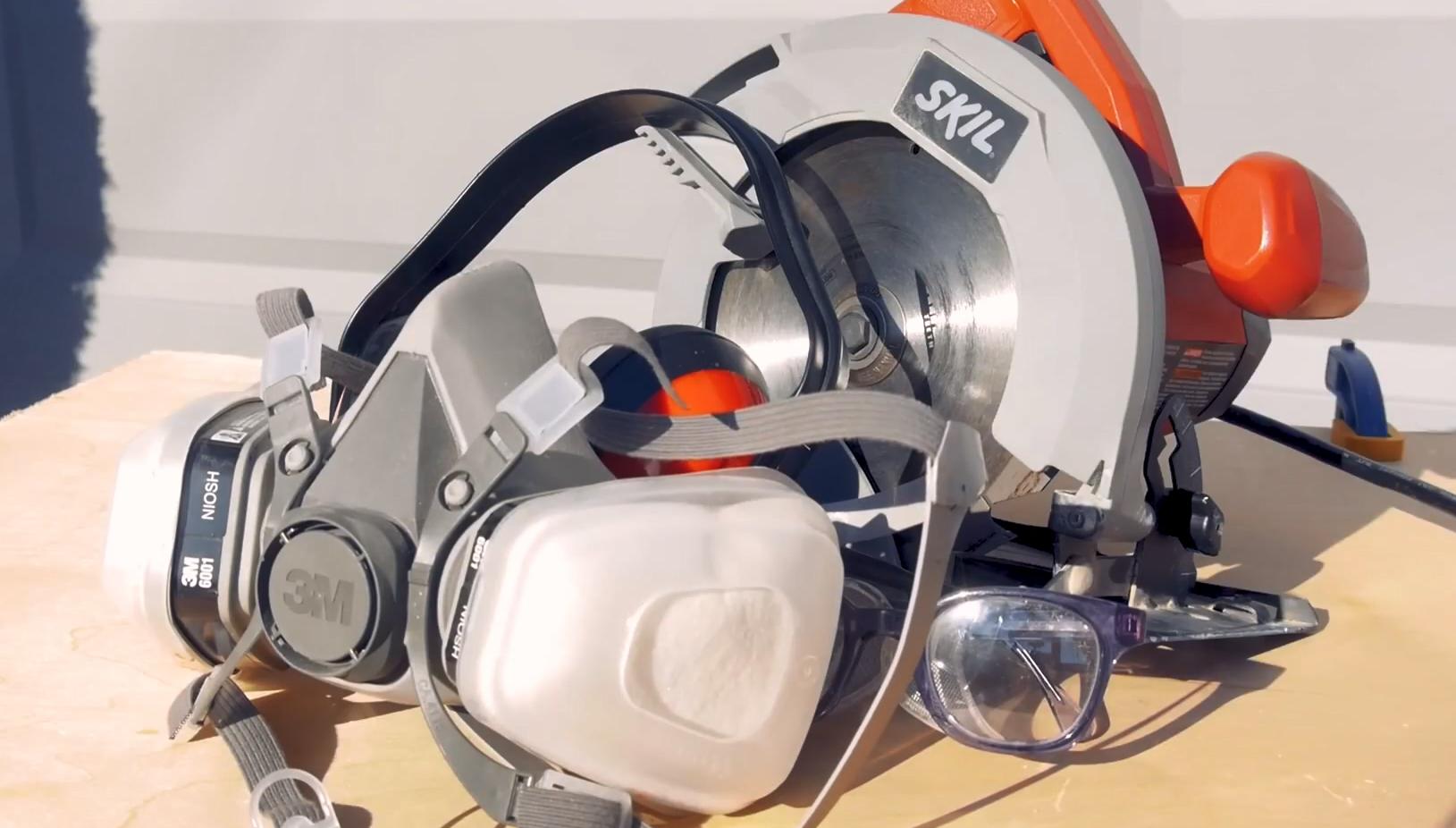

7.0Final Thoughts
The circular saw is a simple yet incredibly powerful tool. With just a bit of practice, you can use it to tackle nearly any woodworking project. It’s the perfect tool for beginners who want to build with confidence and flexibility.
